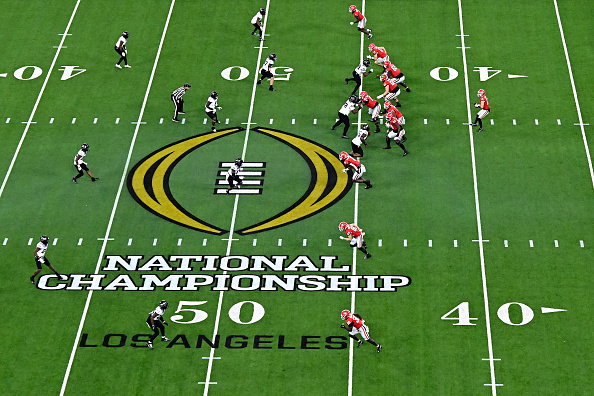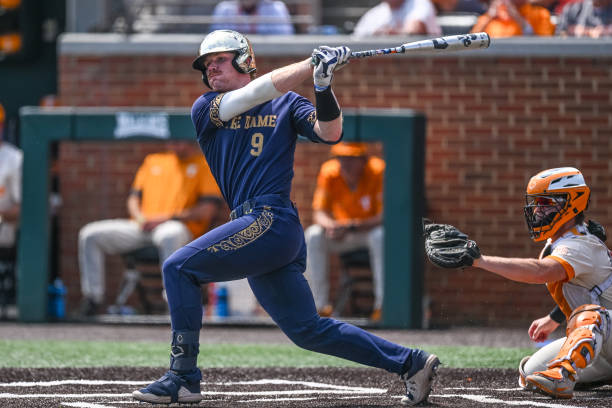Tom Greene | June 21st, 2019
This week in Baseball (Yes, that #TWIB show on FOX is something I miss, too!) sees the return of Albert Pujols to St. Louis for the first time since 2012. It also saw the Astros visiting Cincinnati for the first time since their move to the American League in 2013. Let’s break this down for a second.
MLB’s Scheduling Quirks
If you’ve followed me for a while, you know that I’ve been around a lot of Major League Baseball reporters while I travel to various Tigers and Cubs games throughout the season. One of these reporters is AT&T Sportsnet Southwest’s Julia Morales, who joined the Astros as the team moved to the American League. She tweeted this out, marking that she’d visited all 30 MLB stadiums in her six years with the team.
This is it, y’all. 30/30 pic.twitter.com/gp5HIhy4z3
— Julia Morales (@JuliaMorales) June 17, 2019
Switching gears for a second, Albert Pujols is an icon in St. Louis. He helped bring two of the team’s 11 championships to town. However, contract disputes with the Cardinals, Marlins, and Angels drove him out of town, and to the city of Angels. He struggled in the beginning and suffered injuries throughout 2012 and 2013. But then, he has felt revitalized and has helped Mike Trout throughout his career. However, the people of St. Louis are eager to see him again.
These two scheduling quirks got me thinking. Believe me, if you’re Julia Morales or Albert Pujols reading this, I am more than thrilled that you’re visiting all 30 parks or you’re returning to St. Louis. The big problem? It shouldn’t have taken six or seven years to make this happen. Many AL Baseball fans may never see Clayton Kershaw, Javier Baez or Bryce Harper play in person. Many NL fans may never get to see Jose Altuve, Chris Sale or Khris Davis play in person. Here’s the way it can be changed
MLB’s 162-game schedule
In the current format of the schedule, we have six divisions in two leagues with five teams in each league. This was formatted in 2013, making interleague play a certainty. 14 teams would be playing each other for a series, leaving one from each league without an opponent. Said two teams play one another.
In the old format, with six teams in the NL Central, this created a headache for division scheduling. Interleague play was almost impossible to pull off because of an extra 18-20 games needed to be played within the Central. However, Bud Selig found a way to make it happen with Interleague play dominating June. Two NL teams would take a series “off” and play one another. The AL West would become repetitive, with a four-team division, you’re looking at even more divisional games.
Divisional games are important, and the current schedule outlines that. In our current schedule, each team plays three series, home and away, against each divisional team. A 162-game season can warrant that each and every series is three games. However, a seven-day week with traveling across the country whenever you’re done with a series precludes that. Some series are four games, some are two. Depends on the opponent.
After your divisional series, each team plays one series, home and away, against all other teams in your league. In the AL, this guarantees that the Yankees will visit your park for one series. In the NL, you’ll see the Cubs for one series.
Now, we do some math. Let’s average that each series is three games. 162/3= 54. 24 of these series are taken by the division. 20 of these series are taken by the rest of your league. This leaves 10 for interleague play.
In Interleague play, the MLB has designated “Interleague Rivals” with the closest team to your park being said rival, if you don’t have two teams in different leagues in your state. For the Cubs, it’s the Crosstown Cup. For the Tigers, it’s the Pittsburgh Pirates. Two series are designated for that. The other eight are designated for one division in the other league, that rotates every year. Eight series and five teams mean three will play twice, home and away. This means an AL team might not see a certain NL park for six years. Boom, there you have the Julia Morales and Albert Pujols stories.
Now that that’s all squared away, here’s how the Julia Morales and Albert Pujols stories can be resolved much more quickly.
Reforming the Schedule
In 2019, we live in a world where almost any team can be watched in any certain way… with a few bucks, of course. This means a lot of people aren’t necessarily supporting their local team, unlike my parent’s generation. To help with national fandom, teams need to visit every park. Unfortunately, there’s almost no way each team can visit all 30 MLB parks every season. With an importance on the division and traveling coast to coast, it just can’t happen.
Billy Ripken on MLB Network had a plan that I support with a slight tweak. Shorten the season to 154 games, with every team playing everyone. One series against each interleague opponent that switches every year, dependent on each team’s home schedule. Ideally, you’d be visiting all 30 parks in two years.
I support this like I originally mentioned. However, here’s the tweak I’d make. Keep the 162-game season. Take one divisional series, home and home, away from the schedule. Replace that with interleague series. There, you now have each team playing everyone with two extra interleague series. Keep two interleague rival series, and leave it up to the teams to decide what to do with the extra two series. If they want it in the division, they can. If they want another team to come to town, sure. However, this would assure that all teams visit all parks once every two (or three) years.
The Point of it All
Baseball fans want to see every team. They want to see all the All-Stars but don’t have the money to go to the All-Star Game. Having every team play everyone would be great for the game and let the national fan decide of him or herself who to root for. It’s time for schedule reform. And it’s also time for extended netting at stadiums.
Questions and comments?
thescorecrowsports@gmail.com
Follow Us on Twitter @thescorecrow
Follow Us on Reddit at u/TheScorecrow
Follow Us on Facebook at The Scorecrow
Follow Us on Instagram at The Scorecrow
Follow Tom Greene on Twitter @TomTV23
Main Image Credit: [getty src=”1140393746″ width=”594″ height=”396″ tld=”com”]






